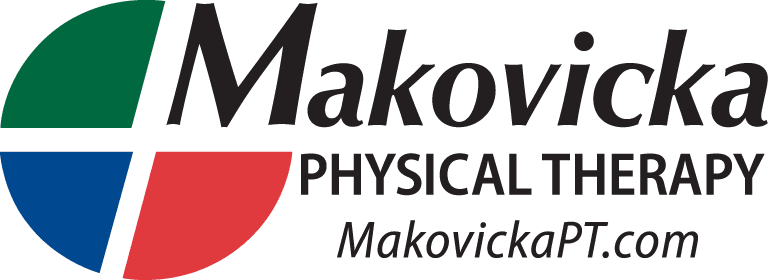At this time of year, health clubs and gyms are usually packed with people working on their New Year resolutions to lose weight, look better, put on some muscle mass and generally get into shape. Strength training is a vital part of any fitness program. There are many important benefits from strength training but also some risk of injury if exercises are not performed correctly. Shoulder injuries are fairly common and there are some common upper body weight training exercises that can stress the shoulder excessively, especially in individuals new to training and those with posture, flexibility, and muscle imbalances. Some simple modifications and attention to technique can help prevent injuries that would get in the way of achieving all those goals! Here are some tips to think about the next time you are in the gym.
Keep your elbows in sight
This means you should be able to see your elbows with your peripheral vision. Bringing your elbows as far back as possible with rows or flys can place excessive stress on the front of the shoulder joint. This also applies to bench or chest presses. If the elbows are limited to going back to the midline of the body- less stress is placed on the biceps tendon and ligaments at the front of the shoulder. If you follow this guideline you will NOT perform- pull downs behind the head, overhead press behind the head and curls while on an incline bench for a few examples.
Technique over weight
Stop when your form falters rather than continuing the exercise to complete failure after your form has deteriorated. Poor form increases the chance of injury.
Move at the shoulder blade
When performing exercises such as rows, pull-downs or prone flys- be sure to move at the scapula (shoulder blade), bringing it back toward the spine. This will exercise the muscles that stabilize the scapula and decrease stress on the major joint of the shoulder (glenohumeral joint).
Say no to upright rows
Typically, this exercise raises the arm above shoulder height with the upper arm rotated inward. This position can cause a pinching or impingement of the joint and eventually to pain and inflammation. The test often used to diagnose impingement of the shoulder is this same motion- rotating the arm inward and then lifting it forward and up to see if this creates pain. Lateral dumbbell raises should be limited to just below shoulder height to avoid impingement also.
Balance your program
Many training programs for upper body strength place emphasis on the front of the shoulders and chest and neglect the back of the shoulders. Be sure to include exercises that work the muscles around the shoulder blades (scapulae). This will help keep correct posture avoiding the rounded shoulders and upper back that can come with only performing bench presses and curls.
During strength training, try to stress the muscles but protect the joints. Proper form and posture should be emphasized over the amount of weight lifted. Strength training is more important as people age, keeping your joints healthy is key to being able to stay strong for years to come!
Scott Edwards PT, OCS
Midtown Crossing Clinic
